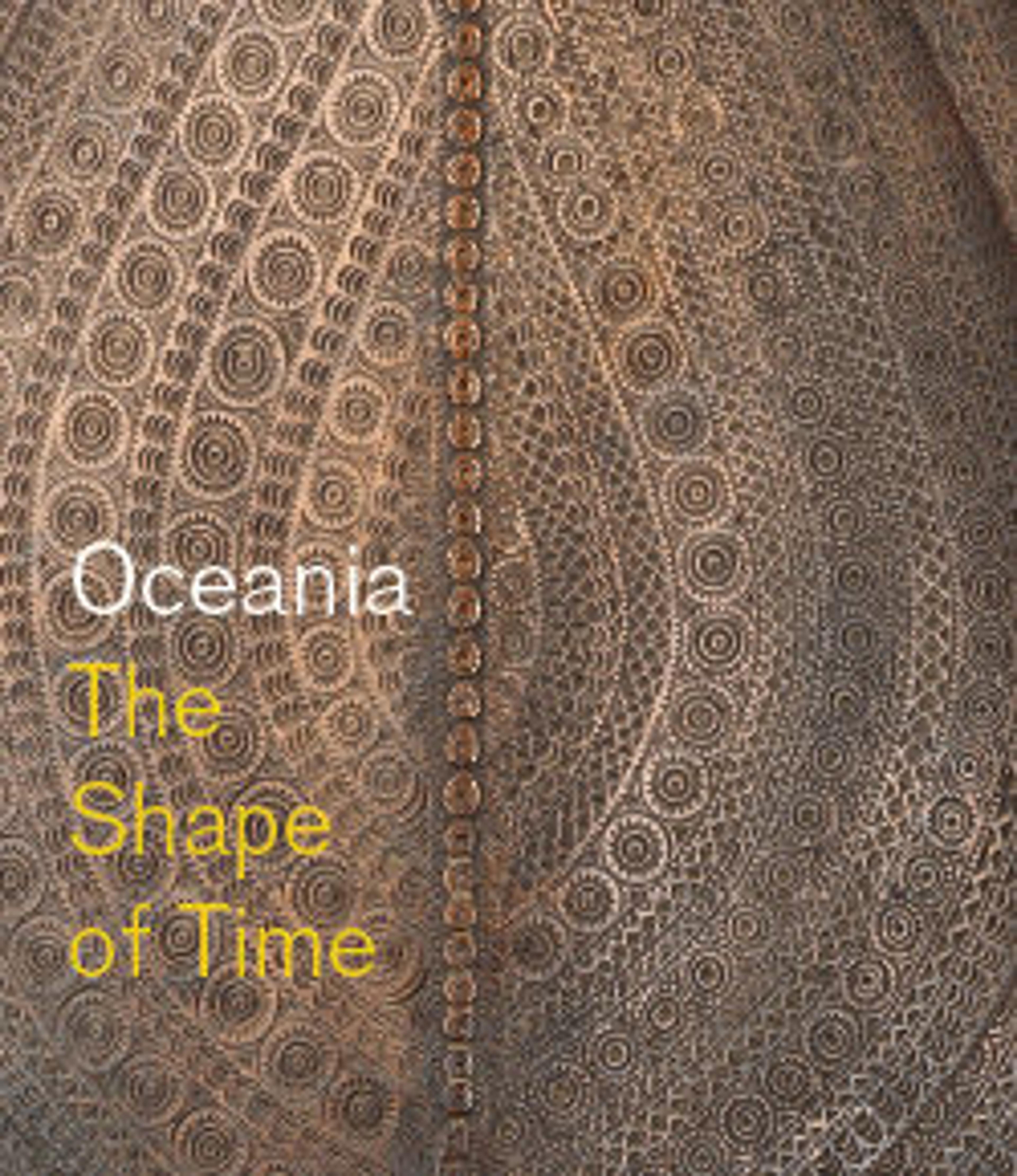Mask (Le Op)
The artists of the Torres Strait Islands between Australia and New Guinea have a distinctive series of artistic traditions. In the past, the signature art form of the Torres Strait Islanders was their unique turtle-shell mask, which was used in a variety of ceremonial contexts. The creation of masks or effigies made from turtle shell was a centuries-old tradition that was first witnessed by Westerners in 1606 and continued until the end of the nineteenth century. The forms, materials, and imagery of Torres Strait masks varied from region to region. In the eastern Torres Strait, turtle-shell masks, known as le op (human face), almost universally took the form of human images adorned with lifelike coiffures and beards of human hair. Equipped with an opening on the underside, which allowed it to be slipped over the head, the mask completely covered the performer's head and face when worn. Le op masks appear to have been used in initiations and, possibly, in other rites. However, they were primarily employed in funerary ceremonies held to honor and appease the spirits of the deceased, enabling them to travel to the island of the dead, which lay in the direction of the setting sun.
Artwork Details
- Title:Mask (Le Op)
- Date:mid- to late 19th century
- Geography:Australia, Erub Island, Queensland, Torres Strait
- Culture:Torres Strait Island people
- Medium:Turtle shell, hair, fiber, pigment
- Dimensions:H. 16 1/8 in. × W. 11 in. × D. 8 1/4 in. (41 × 27.9 × 21 cm)
- Classification:Shell-Sculpture
- Credit Line:The Michael C. Rockefeller Memorial Collection, Gift of Nelson A. Rockefeller, 1972
- Object Number:1978.412.729
- Curatorial Department: The Michael C. Rockefeller Wing
More Artwork
Research Resources
The Met provides unparalleled resources for research and welcomes an international community of students and scholars. The Met's Open Access API is where creators and researchers can connect to the The Met collection. Open Access data and public domain images are available for unrestricted commercial and noncommercial use without permission or fee.
To request images under copyright and other restrictions, please use this Image Request form.
Feedback
We continue to research and examine historical and cultural context for objects in The Met collection. If you have comments or questions about this object record, please contact us using the form below. The Museum looks forward to receiving your comments.
